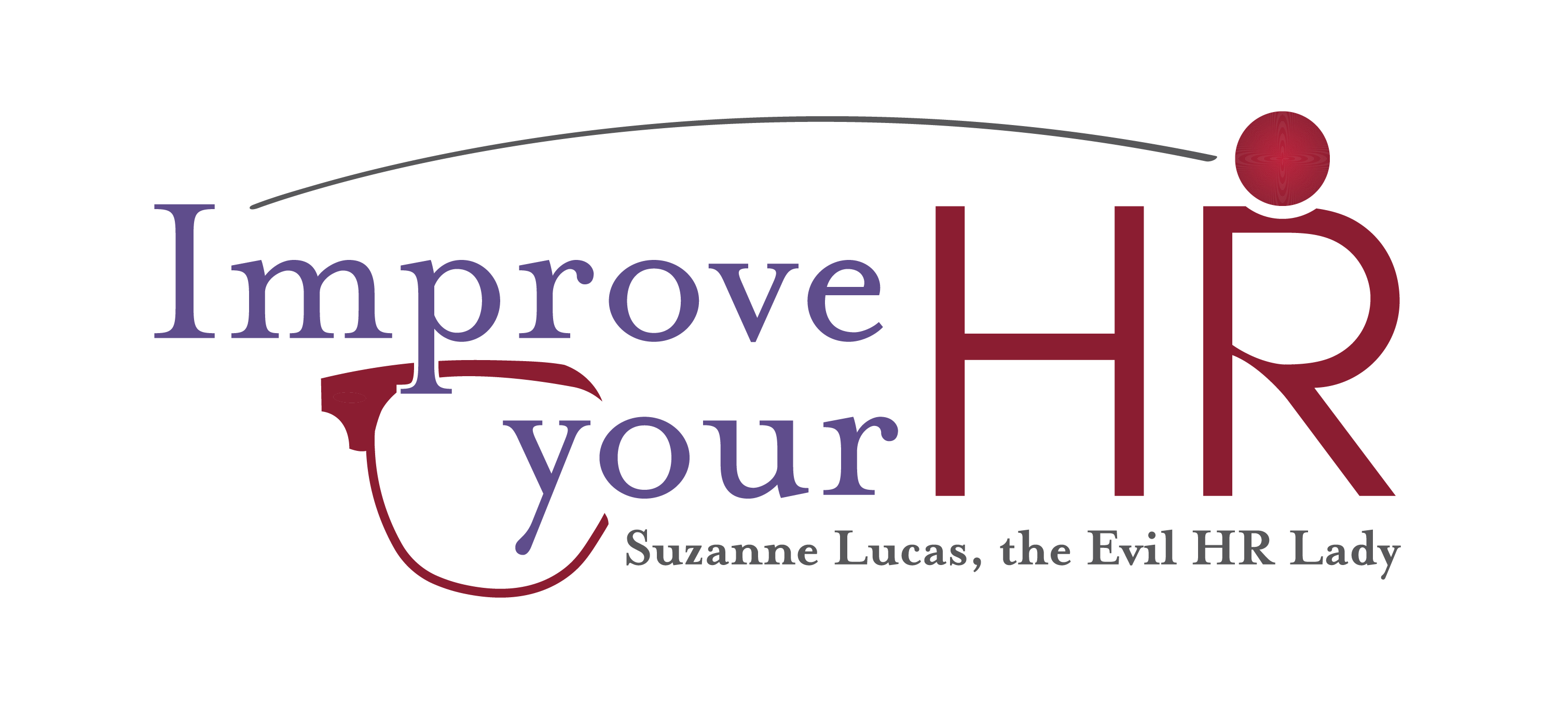The recent Supreme Court ruling on affirmative action in higher education may ripple into the business world. Big-name corporations fear a dent in workplace diversity. Discover what this means for hiring, and how businesses can adapt to foster inclusion and find talent beyond traditional confines.
The Supreme Court recently ruled that educational institutions can’t use affirmative action to favor one race over another. Federal law has prohibited that in hiring for a very long time, and yet there is an extensive discussion about how this ruling – technically unrelated to hiring – will affect business.
Some big businesses – including American Airlines, Apple, Bayer, Ikea, Paramount, Starbucks, and Hershey – submitted an Amicus Curiae brief to the court saying that prohibiting universities from running their affirmative action programs would negatively affect businesses. These businesses (called Amici in legal terminology) state:
“An essential part of the diversity Amici seeks is racial and ethnic diversity. Given these priorities, Amici have a significant interest in how universities consider and admit applicants: they rely on the nation’s schools to educate and train their future workers.”
Because the court rule against the universities (specifically Harvard and University of North Carolina, but applicable to all universities that accept federal funding), are these businesses correct that this will have a negative impact on their companies? If we assume that the Amici are correct, here’s what businesses must do to overcome this problem and keep increasing their diversity.
To keep reading, click here: Affirmative action in hiring: challenges and solutions

Dear Evil —
A thoughtful and helpful essay.
I was not aware of the whaling element or its U-shaped character when building diverse whaling crews. There will be further reading on this, and my first question will be what the authors studied when they studied diversity: were they looking at diversity in terms of new crew members of any race being integrated into crews, or new crew members of specific races being integrated, or exactly what?
Again, this is a very helpful essay, and certainly very timely.
thank you! The whole freakonomics episode was well worth listening to.
It’s an interesting dynamic. I work in a different jurisdiction, where affirmative-action based hiring is expressly legal. I have to say, I think I prefer race-blind hiring. We have job posters that say, “must identify as this group in order to be considered” or “anyone can apply but selection may be based on racial or sexual orientation identification.”
One of the many concerns about this system is that people selected based on affirmative action… don’t want to be told that’s why they were picked, generally treating it as an insult. Why do we do it if the beneficiaries of this program hate it so?
Another big concern is how accurate self identification is. As anyone with experience in hiring can tell you, people are willing to lie in order to gain a leg up in a job. How do we really know someone who isn’t visibly a minority doesn’t identify as one? Or whether someone identifies as LGBTQ+? Because of this, we always accept people based on their self-ID, knowing a substantial percentage of applicants are fudging their ancestry or sexual attraction, let alone outright lying about it.